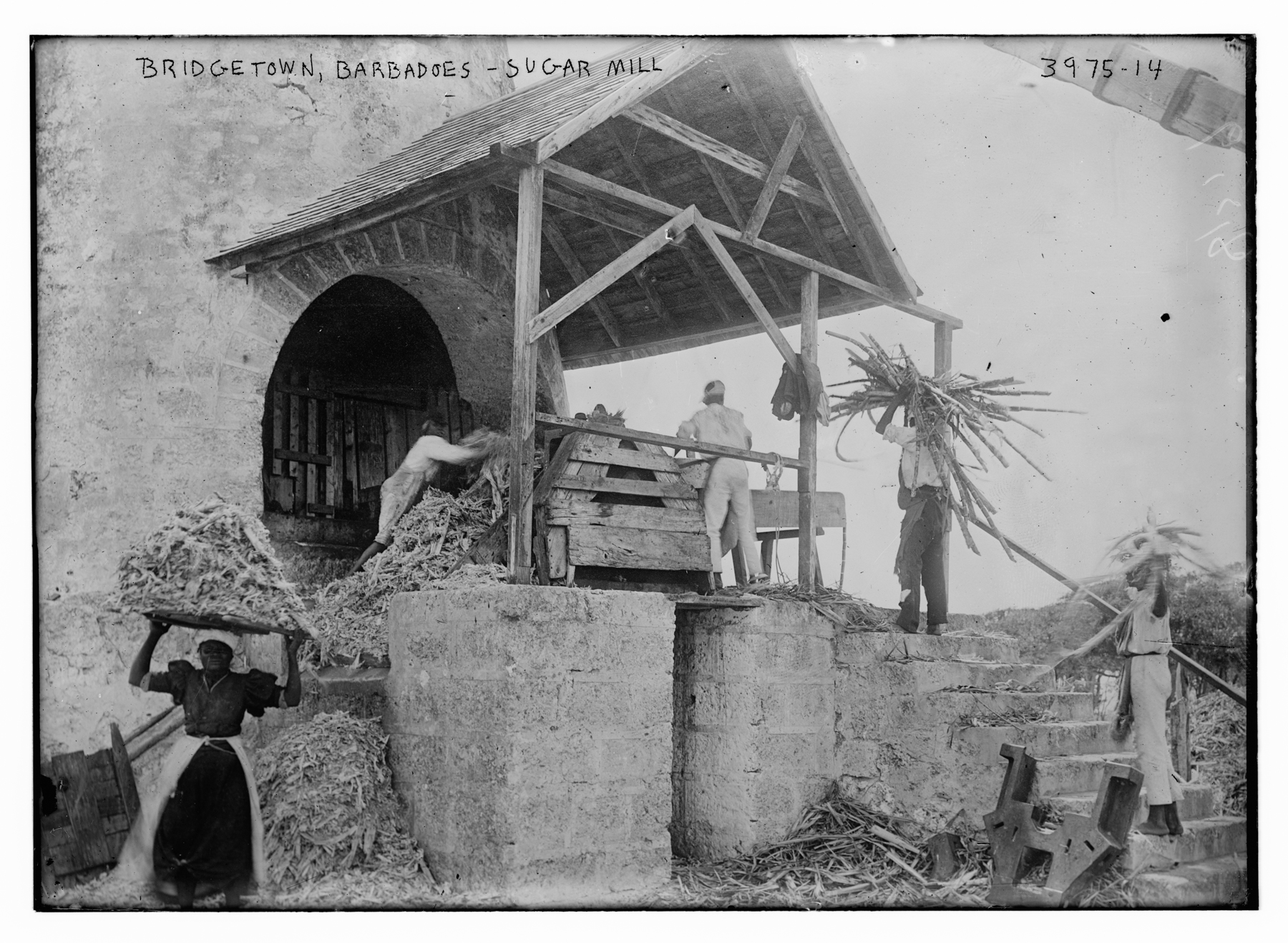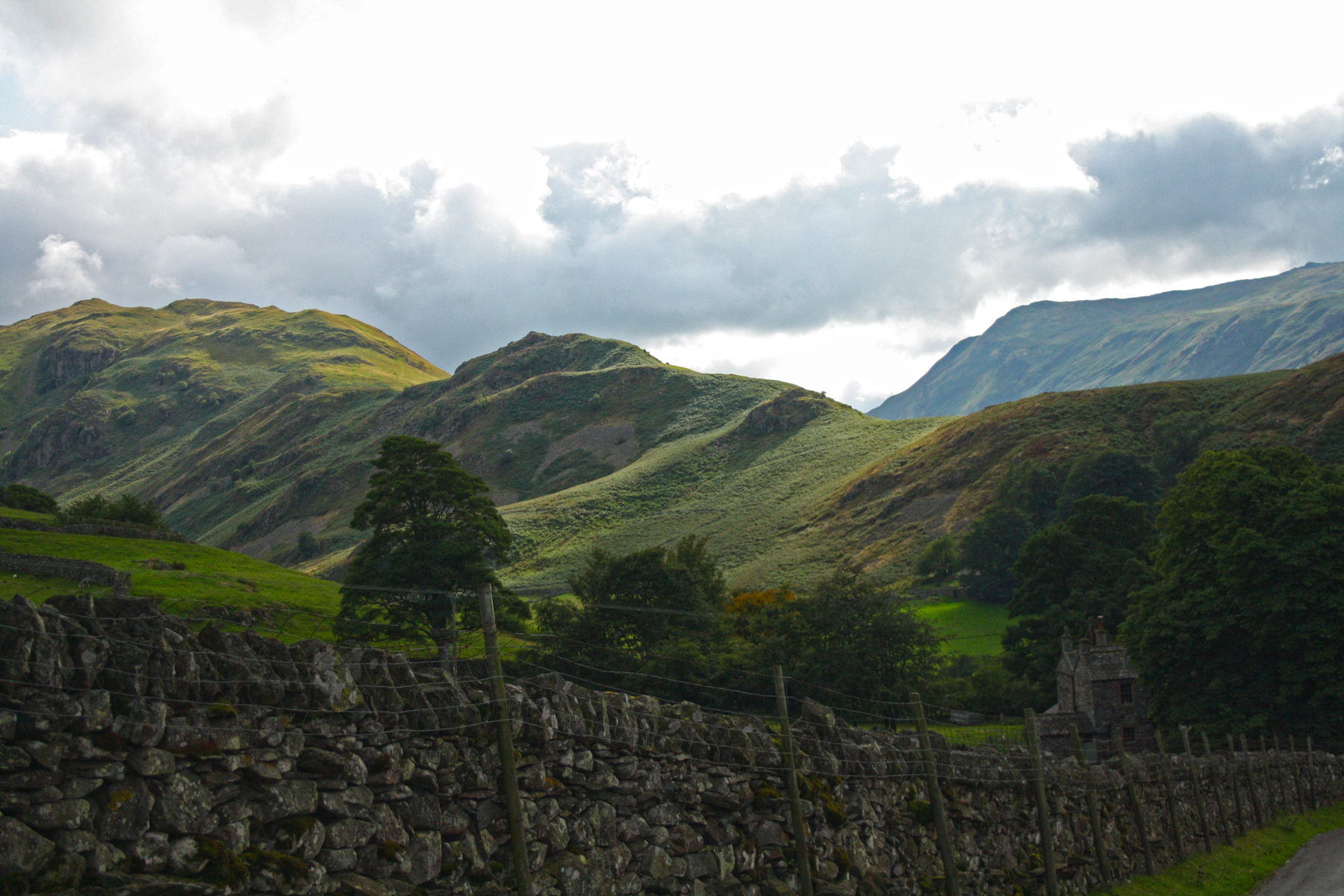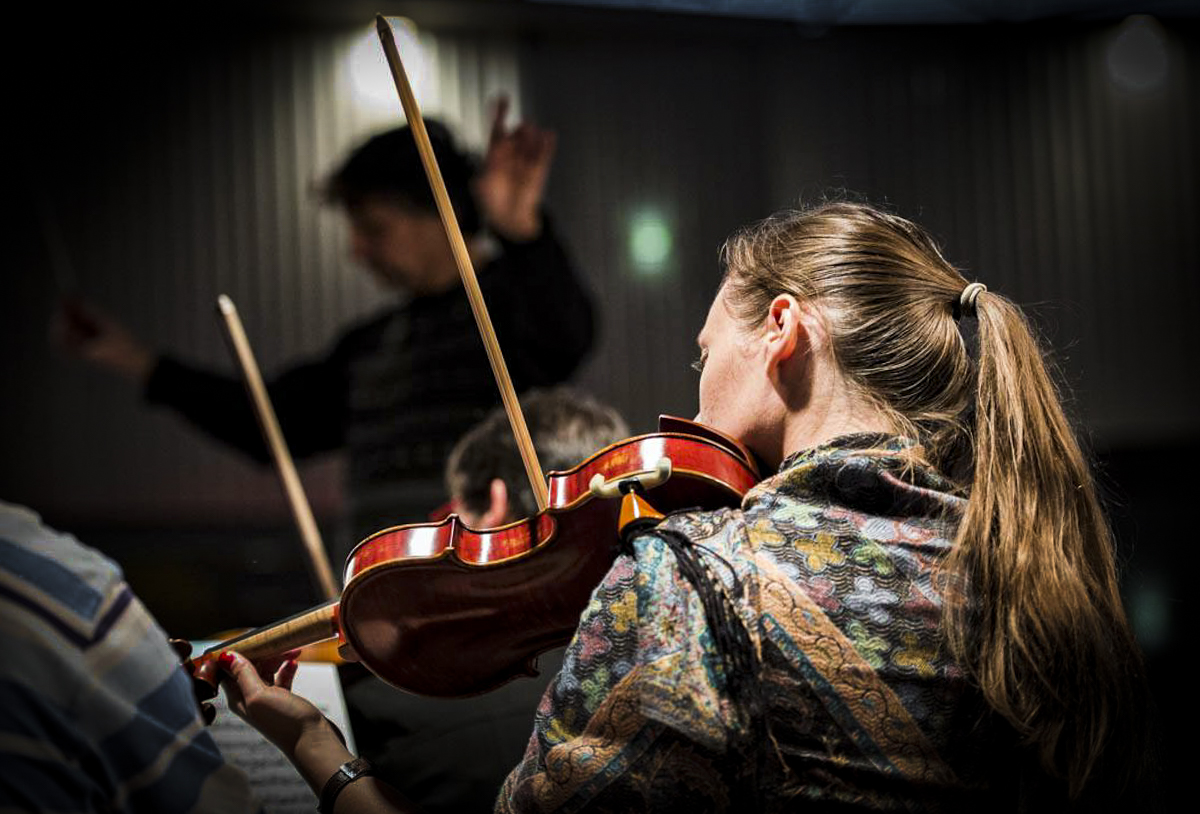
Tracing the History of the Barbados Martindales, Part 3
TEXT AND IMAGES BY ELEANOR MARTINDALE
At the end of Part 2, we learned of Martindales who survived against the odds in Barbados.
A 1679 census shows a John Marting (an abbreviation for Martingdale, a common misspelling of our name) owning 10 acres, one slave, and no servants in the St. James Parish of Barbados. This John was the grandson of John Sr., from Part 1 of this tale, and 10 acres is the same amount of land his grandfather owned in 1638. In 40 years, the Martindales had not expanded their farm, nor sold up. It seems they had simply stayed put for three generations.





